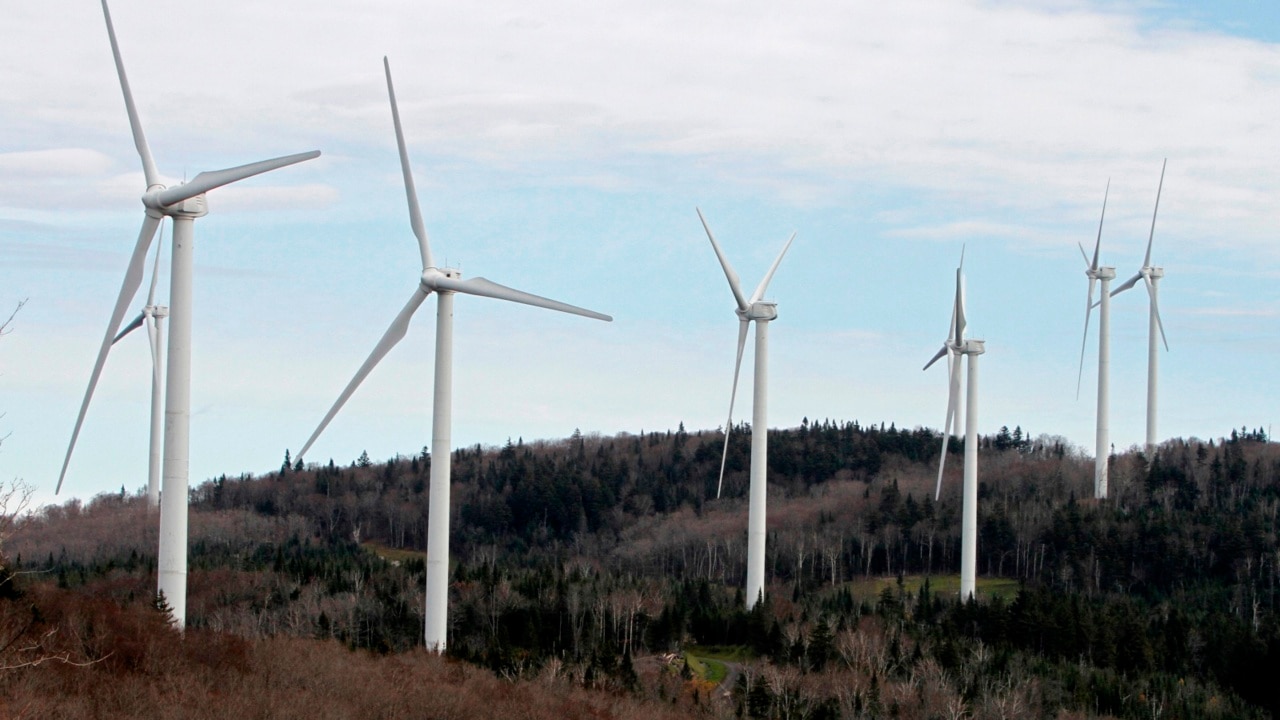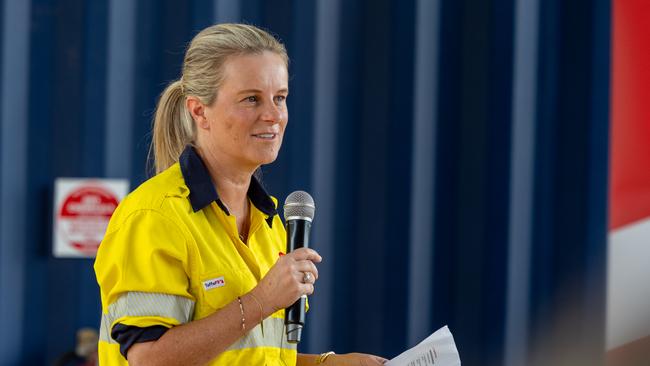APA Group opens Australia’s largest remote solar project
The 184,000 solar panel project in Queensland is demonstrative of how Australia’s heavy industry must decarbonise if net zero commitments are to be reached.

APA Group has opened Australia’s largest remote solar project, which will provide power for three remote Queensland resource projects, as work to decarbonise major industrial emitters accelerates.
The 88MW Dugald River Solar Farm, which has 184,000 solar panels will power MMG, Mount Isa Mines and New Century with solar energy, supported by gas from APA’s nearby Diamantina Power Station.
APA Group executive of operations Petrea Bradford said the new project demonstrates the company’s commitment to Mount Isa and provides a model for the Australian resources sector to decarbonise.
“APA has invested more than $1 billion in energy assets in the northwest minerals province and we are proud of our role in the local community as we continue to work to deliver safe, reliable and affordable energy to the region,” Ms Bradford said.
“Dugald River Solar Farm is Australia’s largest remote-grid solar farm by megawatt capacity and its 184,000 panels cover an area 65 times the size of the Gabba playing surface in Brisbane.

The move to renewable energy from three traditional heavy emitter industries underscores Australia’s difficult energy transition.
The industry not only accounts for a significant proportion of Australia’s exports, but also accounts for around 15 per cent of the country’s total energy consumption, most of which is derived from diesel or natural gas.
The solar farm is also an example of APA’s strategy underpinning the decarbonising journey of Australia’s commercial and industrial companies — which have been traditionally reliant on fossil fuels and responsible for significant carbon dioxide emissions.
APA last year purchased Alinta Energy’s assets in the Pilbara in a deal worth $1.7bn. APA hopes to play a critical role in decarbonising Australia’s resource industry in WA.
The Pilbara has one of the world’s largest deposits of iron ore and large stockpiles of critical minerals such as nickel and lithium.
The deal was the second major outlay by APA in WA in the last few months after it completed work on a 580km pipeline in the state, which the country’s largest listed infrastructure company said could unlock the WA gas market.
The Northern Goldfields Interconnect positions APA to capitalise on surging interest to tap gas supplies from the Perth Basin and hopes to drastically bolster critical minerals production in WA.
WA has abundant supplies of almost all of the government’s critical minerals list, including alumina, cobalt, lithium, graphite — which are much needed amid global efforts to produce batteries and renewable energy projects to wean from fossil fuels.
The $460m pipeline is unlikely to be fully utilised to its full capacity for months to come, but APA CEO Adam Watson is steadfast the company is focused on its strategy of strategic assets in a remote grid.






To join the conversation, please log in. Don't have an account? Register
Join the conversation, you are commenting as Logout